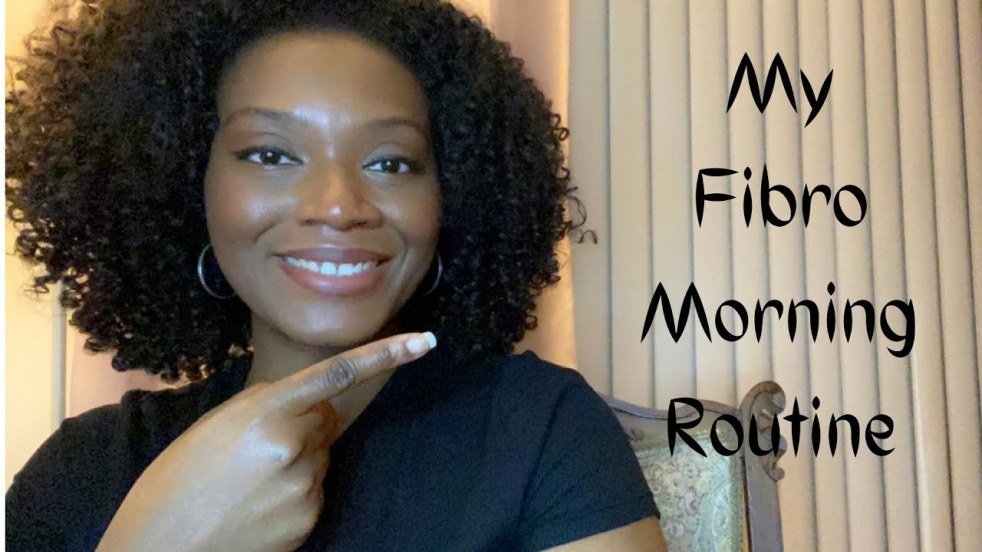Happy Fibro Friday! I hope you all are doing well and are taking excellent care of yourselves.
I recently started looking back at my health history (thanks to my insurance for the decades-long record). I sometimes will look to see if anything is outdated, or if a diagnosis was slipped in unbeknownst to me. This most recent review didn’t turn up any unknown or outdated information, but I began thinking about my medical experiences and I asked myself, “Is there anything here that could have pointed to me being prone to developing fibromyalgia?” What I found surprised me: I had been diagnosed with multiple conditions over the years, all of which has shown some connection (some weak, some significant) to fibromyalgia. So, for this post, I’m going to tell you what conditions are fibro flags that you or your doctor may have missed on your road to diagnosis and treatment.
Before going further into this discussion, you may want to check out this journal article, titled, “The Prevalence of Fibromyalgia in Other Chronic Pain Conditions“. The researcher, Muhammad Yunus, outlines many of the conditions which have some determined link to fibromyalgia, and Yunus admits that the associations are bidirectional and the interrelationships haven’t been explored fully yet. I highly recommend that you take your time and go through this article as you try to determine if there is any overlap between fibromyalgia and any other conditions you may have.
Flag # 1: History of asthma – A 2020 study of Iraqi fibromyalgia patients confirmed that, “Fibromyalgia (FM) was more common in asthmatic patients compared with controls.” Perhaps it’s the fact that breathing difficulties would (naturally) trigger stress responses in the body, and those repeated stress responses condition the brain to interpret most stimuli to be more urgent than it actually is. Maybe being asthmatic trains the brain to be hyper-sensitive to everything. More study is needed to determine what this means for fibro patients, but it’s certainly something to keep in mind when coming up with a body of “clues” leading to a fibromyalgia diagnosis.
Flag # 2: TMJ syndrome – For several years now, it has been established that TMJ and fibromyalgia are linked, though the nature of the connection is still a bit unclear (a chicken vs. egg argument would fit in this scenario). This article by VeryWell Health references some excellent research on the topic. To put it plainly, it seems that TMJ actually may lay the groundwork for the sensitivity experienced in people that have chronic pain issues. As author Adrienne Dellwo states, “When TMJ occurs before CFS or FMS, it’s possible that TMJ pain contributes to the development of central sensitization. Hypersensitivity of the central nervous system is believed to be a key component of both fibromyalgia and chronic fatigue (also known as myalgic encephalomyelitis).” Again, this area still needs additional research, but there’s no doubting that a connection exists between the two.
Flag # 3: Epstein Barr Virus (Mono) or Lyme disease – Like the two previous red flags, we have to keep in mind that correlation =/= causation. That being said, there is research starting as early as 1987, which indicates that 55% of the test subjects self identified that a viral infection was the cause of their fibromyalgia. Personally, I was infected with mononucleosis in my 20s, and my fibromyalgia symptoms began and sustained after that point, often appearing as a chronic case of influenza or reactivated mono. More recent research confirms that EBV can either cause or contribute to fibromyalgia symptoms, which makes sense, considering that many of EBV’s symptoms overlap significantly with what many fibromyalgia patients experience (fatigue, body aches, even sore throat!) One article states that EBV “highjacks” the immune system, which may explain why fibromyalgia patients that have been infected with EBV tend to experience more sensitivity to viral infections like colds or the flu, as well as sustained symptoms once infected (I personally got a second positive result for the flu nearly a month after initially getting a positive result!) While I haven’t experienced Lyme disease, there is research from as early as 1992 which states that the bacteria responsible for this condition may be a potential cause of fibromyalgia. If you have either of these conditions in your medical history, please know that these may be contributing to your fibromyalgia symptoms.
Flag # 4 – Anxiety or depression – Anxiety and depression are chronic illnesses on their own, and, unsurprisingly, these are almost always present in fibromyalgia patients, too. This article on News Medical is informative and clearly explains the connections between anxiety, depression and fibro. The article, written by Dr. Anaya Mandal, MD, discussed the concurrence of these conditions, and how these overlaps contribute to exacerbated symptoms. According to Dr. Mandal, anxiety, “may increase the severity of pain perception and thus increase the severity of the disease.” Further, when discussing depression, Dr. Mandal writes, “Several studies have speculated that there may be a common pathophysiology between depression and fibromyalgia.” This should be a surprise to no one that has been diagnosed with anxiety or depression: in fact, one favored fibromyalgia treatment – serotonin and norepinephrine reuptake inhibitors, or SNRIs – are classified as antidepressants, and have had fantastic results when used to treat fibro.
Flag # 5 – Childhood traumatic experiences (CTE) – There is still a lot of research needed when it comes to this, but most of the research seems to agree that experiencing trauma in childhood can be a risk factor for fibromyalgia later in life. In fact, there is research that indicates that even the attachment style that we experienced from our primary caregivers may have a lot to do with our neurological health in later years. Interestingly, I have a loving, involved mother and a loving but inconsistent father, who divorced when I was 3 years old. My mother later remarried, and my stepfather was also loving, involved and consistent. So while my home life was stable, the inconsistencies that happened with my father had already made an impact. Further, a serious illness (such as asthma that required multiple hospitalizations in my childhood) is a type of trauma that can also create unhealthy attachment styles, which are a risk factor for fibromyalgia. I’m blessed to have grown up without physical, sexual or emotional abuse, and I’m also fortunate to not have been exposed to drugs or other substance abuse while in utero, but if you’ve had these experiences, your risk of developing fibromyalgia are even higher.
This post was a bit longer and “heavier” than my usual Fibro Friday content, but I wanted to cover something substantial, because I know what it’s like to try to “reverse engineer” your diagnosis and still be left with questions. If any of these red flags apply to you, please take heart. And if you’d like to discuss more about your journey and experiences with fibromyalgia, I’d love to hear about it in the comments.
Take care, and have a great weekend!






